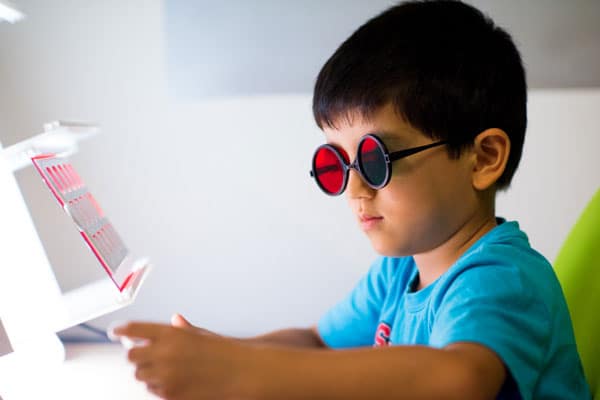Myopia Control
Myopia (or short-sightedness) is becoming a growing epidemic around the world, with prevalence of up to 50% of the Australian population. Myopia occurs due to elongation of the eye, which causes distant objects to become blurry. As the level of myopia increases, patients experience blurrier vision and become more dependent on spectacles or contact lenses for sight.
Treatment options
The following options can also help to slow the progression of myopia.
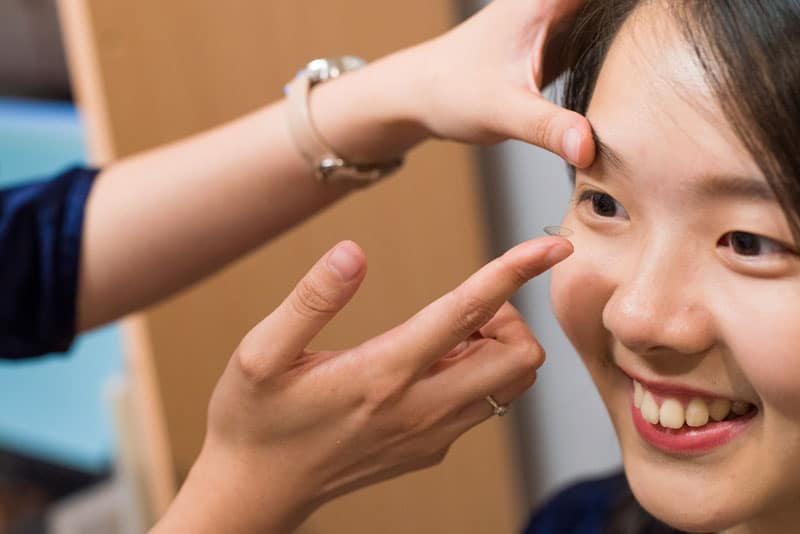
Ortho K lenses
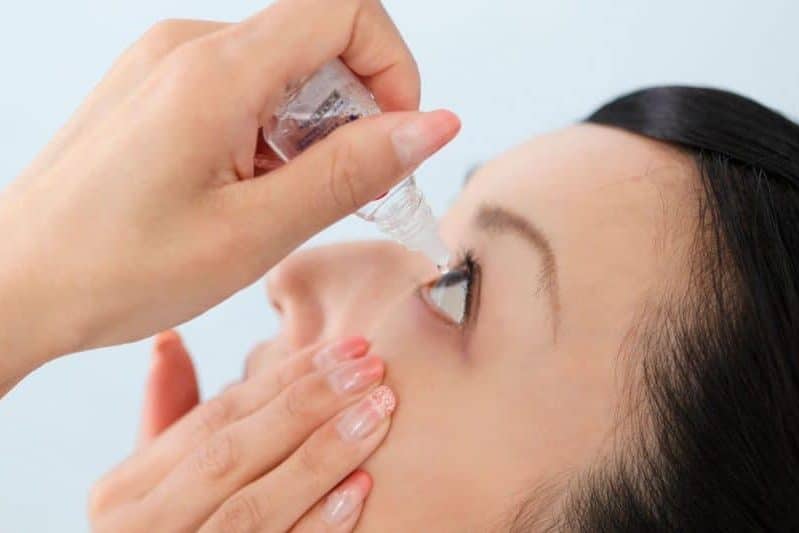
Atropine eye drops
Atropine drops dilate the pupils and temporarily relieves the focusing fatigue of children’s eyes.
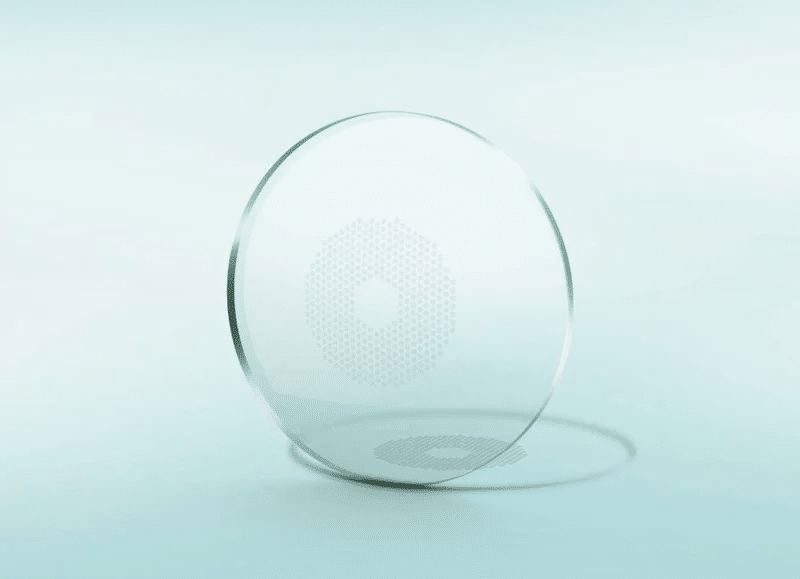
Myopia control glasses
Lenses that allow light to stimulate certain areas of the eye to allow clear vision and slow eyeball growth at the same time.
Vision Therapy
Children can develop the ability to use both eyes more efficiently and reduce the visual effort required for learning and other visual-related tasks.
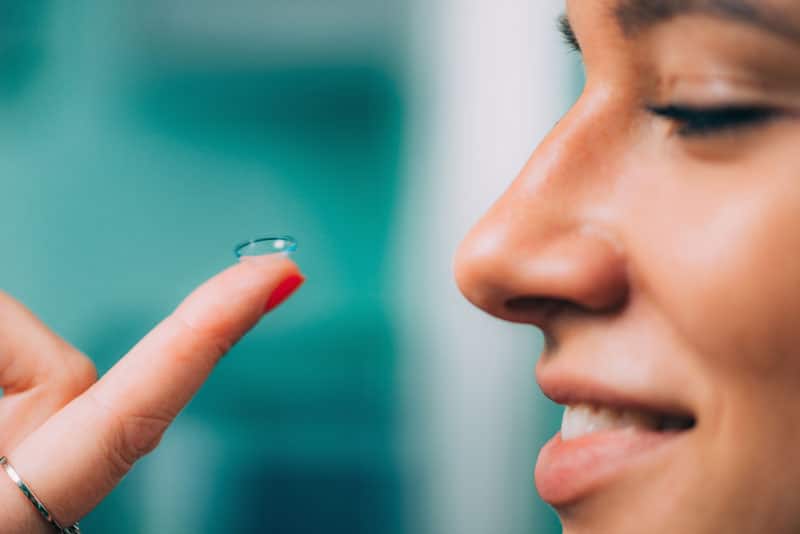
Soft Multi-focal Contact Lenses
An alternative myopia control option to OrthoK hard contact lenses without moulding the cornea.

Anti-fatigue glasses
These lenses have different power zones in the lens, and aid with reducing stress and fatigue with prolonged near work.

Visual Hygiene
Manage short-sightedness through near work activity and the amount of time your child spends outdoors.
What are the risks of high myopia?
High myopia increases the risk of:
- Early cataracts
- Macular degeneration
- Glaucoma
- Myopic maculopathy
- Retinal detachment.
- Lower tolerance of spectacles (e.g. headaches, lower visual clarity)
- Higher cost for spectacle lenses

What else can I do at home?
Simply allowing your child’s eyes time to relax can be enough to stop or slow the progression of myopia. Such as:
- Spending more time outdoors
- Taking regular breaks from near tasks
- Ensuring good lighting, posture and working distance* when reading
- Suitable desk height
- Suitable chair height
- Reading material tilted at 30 deg angle
- Refer to our Ergnomic Study Desk for more information (Click Here)
- Avoid reading in the car as the constant movement requires greater concentration and may cause eye spasms
- Delaying the use of electronic devices
- Warm towel compressions/eye drops after reading to relax the eyes
*Adjustable slanted desks are ideal for children as it promotes good working distance and reduces excess strain on the eyes.
Source: Bright Eyes Family Vision Care
Grace & Vision Optometry accepts all major health funds
Use your optical health funds benefits on a new pair of prescription glasses or sunglasses.


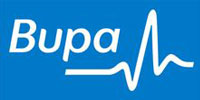


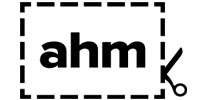
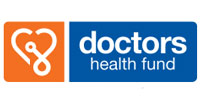
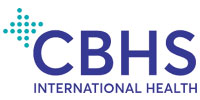
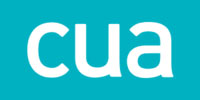

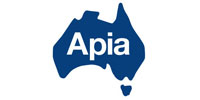
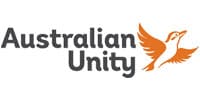
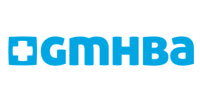
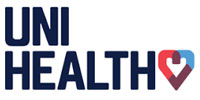

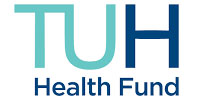
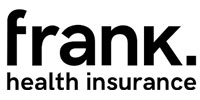
... and many more. Feel free to contact us if you don't see your health fund.
